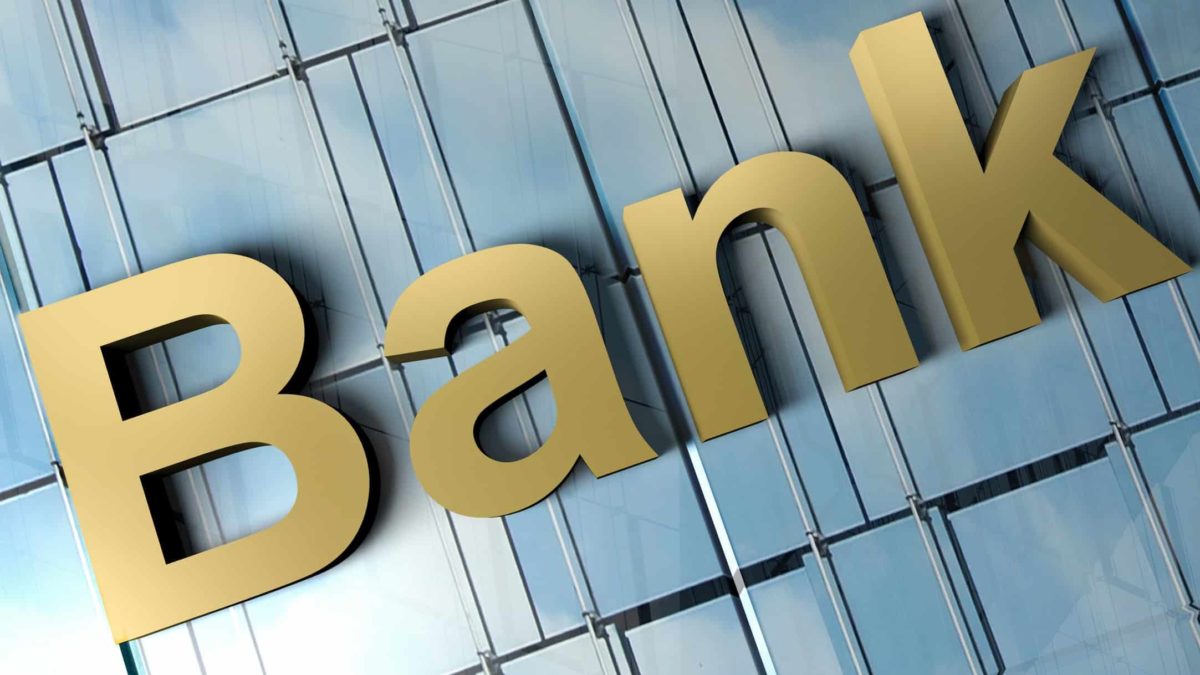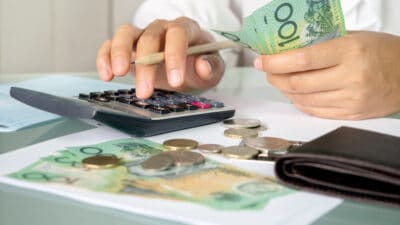Perhaps the S&P/ASX 200 Index (ASX: XJO) share making the biggest splash with its FY2021 earnings report this week has been Commonwealth Bank of Australia (ASX: CBA). The CBA share price surged to a new record high above $108 a share on Monday following the release of its FY21 numbers.
That record high was extended just this morning, with CBA topping Monday's high after hitting $108.92 a share just after market open.
CBA shares closed at $103.41 last Friday. Because of this, we can say with tentative certaincy that this earnings report is largely behind this big push upwards.
One of Monday's centrepiece announcements from CBA was the initiation of a ~$6 billion share buyback program. Investors will also be receiving a final dividend of $2 a share next month. That will be a 33.3% increase on CBA's last interim dividend.
But for the buybacks, CBA shareholders can also now look forward to having their ownership stake in the company increased as CBA retires existing shares from the market.
But just how much is this share buyback program worth to investors? And how can CBA shareholders extract the maximum benefit?
CBA share price rises on $6 billion share buyback
As my Fool colleague James covered well this morning, CBA's share buyback program will result in the retirement of approximately 3.5% of all CBA shares outstanding.
So how exactly will this benefit investors today?
Well, firstly, it's worth noting how a buyback actually benefits all investors. A company's number of shares is fairly static. As such, reducing the total share count decreases the supply of available shares. This means that the real ownership stakes of all CBA shareholders increase.
This is due to the fact that each shareholder now owns a proportionately larger stake in the company. Share buybacks also usually result in higher share prices due to the simple laws of supply and demand (less supply means higher pricing).
Digging further though, and it seems this CBA buyback might benefit some shareholders more than others. Particularly those who are tax-exempt. An article from Livewire Markets broke down this dividend, and it makes for some interesting reading.
Commonwealth Bank buyback delivers disporportionate benefits
So according to livewire, CBA's share buyback (which is available to all existing shareholders) will consist of a capital return of $21.66 per share. The remaining balance for each share will consist of a fully-franked dividend. A franking credit of $29.99 per share will be attached.
Here's how the article explained the benefit:
For a tax-exempt Australian investor, we estimate the buy-back at a 14% discount would be worth approximately $121.63 (disregarding the time value of money), representing about $15.07 or 14% more than the market price of Commonwealth Bank today…
The value of the buy-back for other investors will depend on the tax situation of each investor. At current prices, we would expect the buyback to be of marginal value for 15% tax rate Australian investors.
So there you have it. The way this share buyback is structured could certainly give some outsized benefits to some investors out there. But don't worry if that doesn't apply to you. As we discussed earlier, a buyback substantially benefits existing shareholders too.









